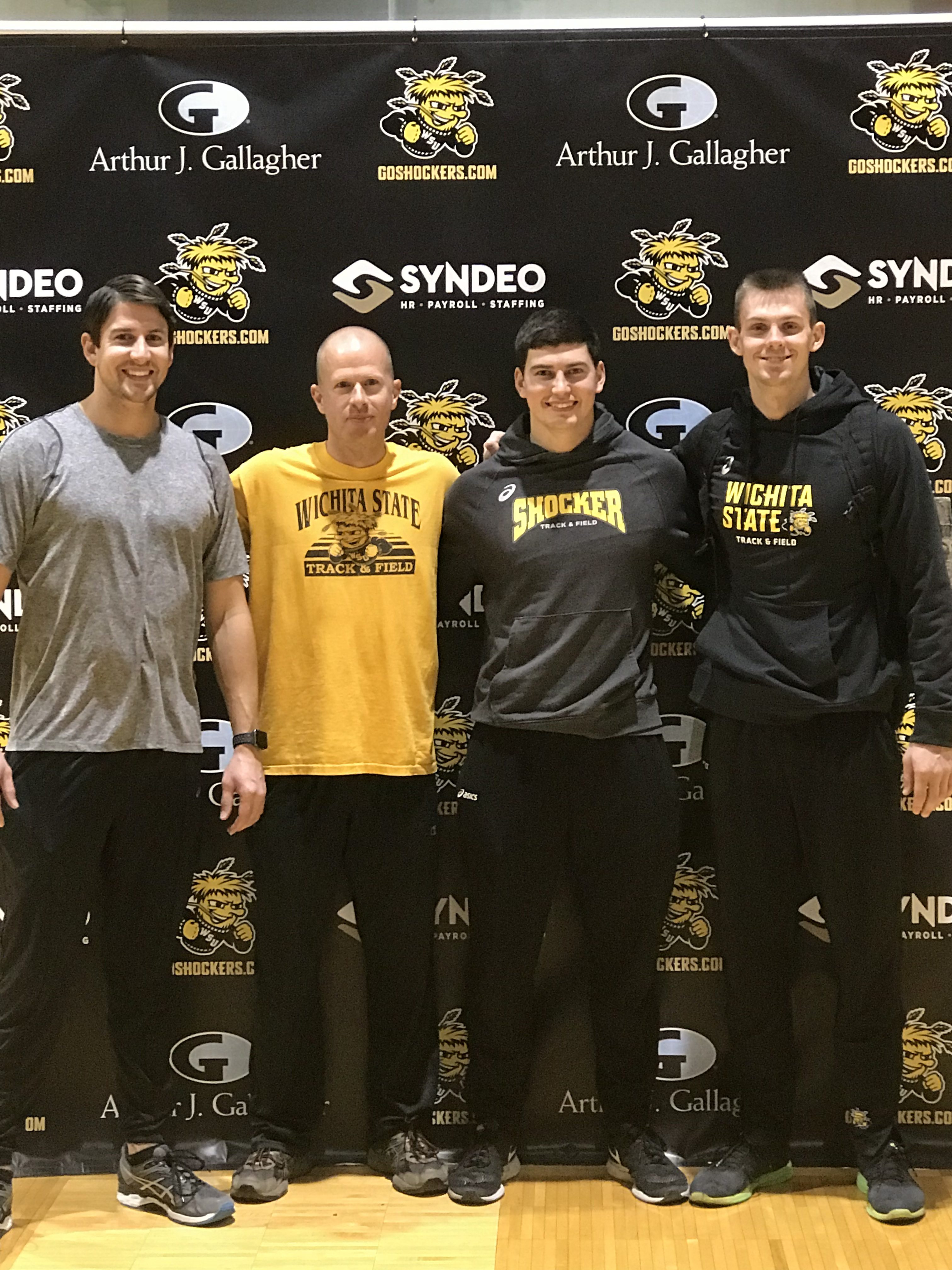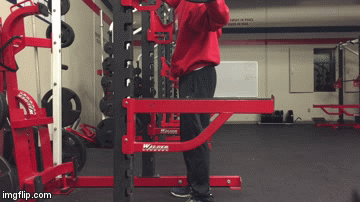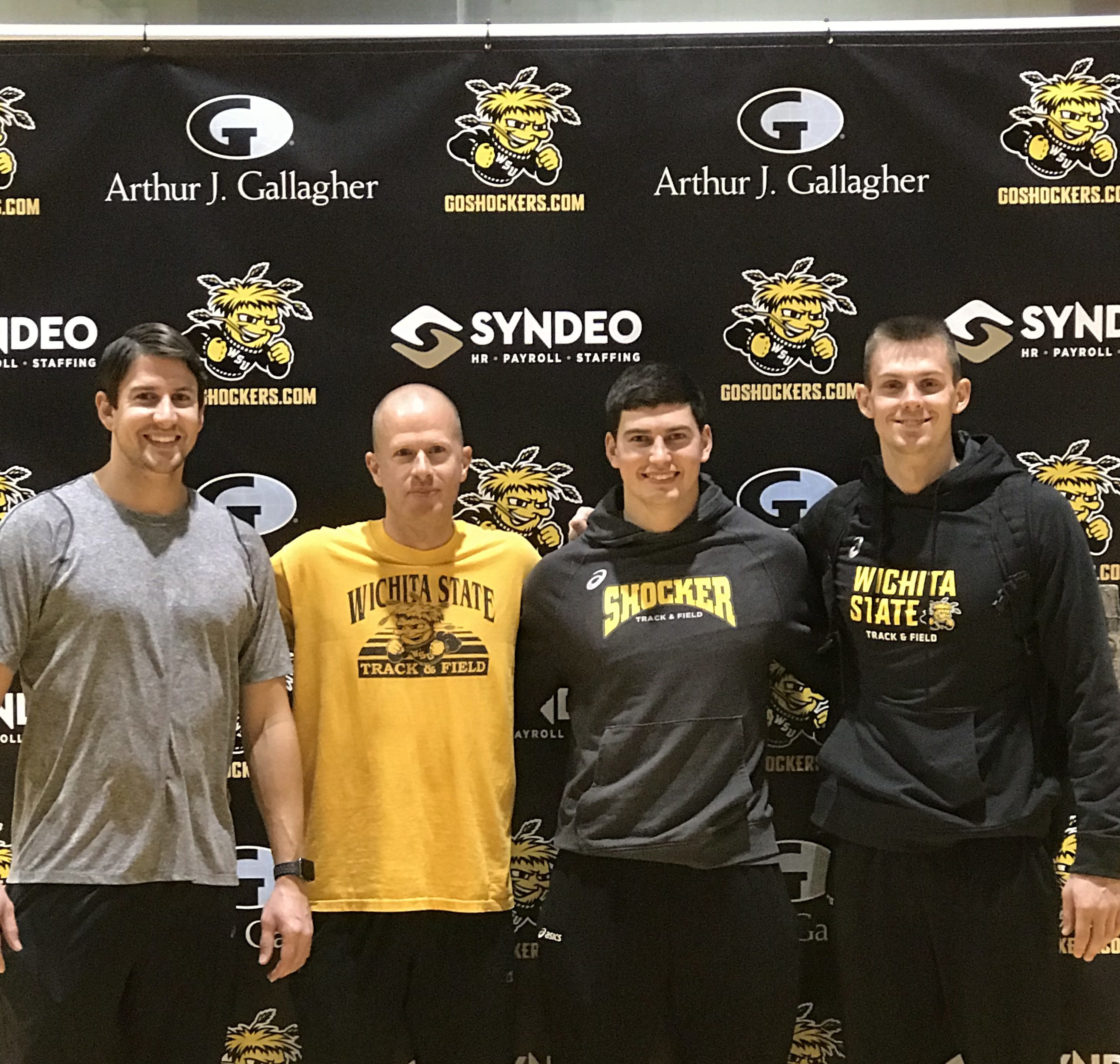As the New Year approaches, I’d first like to note that I’m not really one for making resolutions. The 2018 version of you will be just as reluctant to continue anything you aren’t willing to start right now. If you want to make a change, start today.
Anyway, but what I have done the last few years is write a single word in big block letters on an 8.5″ x 11″ sheet of paper and post it on my bulletin board as a sort of theme for the year. At the beginning of 2017, I wrote the word, “yes.” Like a lot of people I tend to just get lost in my regular routine and don’t like to deviate from it. Different days do have different routines, but I try to avoid letting any big wrenches wreck my schedule. So, while it hasn’t been monumental, I’ve just tried to be conscious to say, “yes” instead of “no” when situations arise. Whether an invitation or just in my own mind when deciding whether or not to do something. Starting my podcast is a good example.
One small goal this led to was increasing how much weight I could squat in the weight room. I’ve lifted weights since I was a freshman in high school, but I’ve always just focused on upper body and let all my running count as my leg work. As such, I’m in an odd minority of lifters as I can actually bench press more than I can squat–not because my bench is so impressive, but because my squat is that bad. Heading in to 2017 I don’t know that I had ever actually even squatted my body weight.
Over the last couple years, I became aware through podcasts and other superficial research that my main problem, other than just not squatting enough, is overdeveloped quadriceps muscles compared to my glute and hamstring muscles. This was caused by my years of distance running. Basically, my understanding is that the very reason running is such a good cardio workout is because it takes a large muscle group (quads) and engages them in a moderate effort that can be maintained for a long duration–a smaller muscle group wouldn’t be able to yield the same result as such a low intensity. Cross-country skiing has been called the best cardio exercise because it adds the upper body and removes the stress of impact from the legs.
Anyway, when I started trying fix all this during the spring and early summer, even just squatting 65 pounds for a few sets of 10 would leave me sore for a couple days. I made a concerted effort to run less distance, do hamstring isolation exercises, and focus on glute/hamstring activation during the squat motion. It was a slow process, but it worked. By the end of the summer I could fairly easily do reps at 135 pounds with good depth and even got a few reps at 175 pounds. My goal was initially to get 225 by the end of the year, which would be two 45-pound plates on each side of a 45-pound bar. Though I quickly realized that while my legs were getting stronger, my back wasn’t used to having that much weight on it either. I was also beginning to plateau and 200 pounds seemed like a more realistic goal as summer turned to fall. My running during this time consisted more of sprints than anything else in a further attempt to engage my glutes and hamstrings.
At the end of October, I was reminded of a deal I had made in July. Apparently I told the family of my former athlete Hunter Veith (current Wichita State All-American) that if his sister went out for cross country this fall, I would participate at the WSU intersquad meet in December as part of the alumni team. I didn’t exactly remember making this agreement, but it definitely sounded like something I would do, and, remember that the word for 2017 is YES. So, with just six weeks to prepare, I decided I could run a 300 meter at the meet. I hadn’t been doing any distance training because of my squat goal. I had been sprinting, but I’ve never been fast enough to run something like the 60 meter dash. The 300 seemed like the appropriate compromise.
Around Thanksgiving, I did make my attempt at 200 pounds on the squat. I was able to get it back up, but didn’t quite get it down to 90 degrees (got pretty darn close though). That’ll likely be where the challenge ends for now because, spoiler alert, I hurt myself running the 300m at Wichita State.

I arrived at the meet hoping to be part of a 4x300m relay, but was told I was down for the open. Fair enough. As I hung out at the meet in the two hours before my race, one thing became clear — most of this alumni team that I was a part of consisted of athletes who had competed for WSU in just the last handful of years. I might have been the only guy over 30 there. That said, I was excited and was having fun–making a point to live in the moment, to enjoy today. There’s just nothing like warming up, putting on spikes, and getting ready to race. I was smiling both at the excitement and at the absurdity of it.
It wasn’t until I was approaching the starting line that it fully sunk in that the two other guys in my heat were current WSU sprinters and here I was–an under-conditioned, distance runner who last ran for the Shockers in May of 2000–about to run the shortest (ie fastest) open race distance I had done since middle school. But, again, the theme is “yes” so I was just grinning to myself. I wasn’t even nervous. My goal the whole time was simply to break 45 seconds; not fast at all, but not something most of the general population could manage. The other two destroyed me from the start, but that was expected. I was racing the clock. I felt good. I was running relaxed and fast. At the halfway point, I moved to pick up the pace, to start to drive toward the finish, when I felt that tell-tale tweak in my left hamstring. I knew from personal experience and from what I constantly preach to my athletes that this was the warning-sign. It doesn’t seem that bad, but if you push it, it WILL get worse. So, I just coasted the rest of the way. I stayed relaxed, kept turning my legs over but without “getting after it.” I still managed to run a 43.40, hitting my goal easily–a little disappointed I hadn’t been able to run faster, but pleased with the experience.
The next day (Saturday), I did have a little bit of a limp due to a really tight hamstring. The following Monday, however, I made another mistake. I jogged a mile thinking I needed to get the blood flowing and the legs moving. Coaches are much better at giving advice than following it. I might have been okay if I was just sore, but the pain in my leg was an actual injury. That mile was a slow struggle. The next day my leg hurt worse than it had the previous two days. Then on Friday, one week after the race, I noticed two giant fist-sized bruises on the back of my knee. One at the top of my calf and one at the base of my hamstring. Both were well below where I had pulled my hamstring, but explained the dull ache I had been feeling since that mile on Monday.
So, here I sit, less than two weeks before the end of the year and my left leg is out-of-commission for either lifting or running for the immediate future. But I’m still smiling and ready for the challenges of 2018. Time to sketch out a new word. I think that word will be, “today.”

